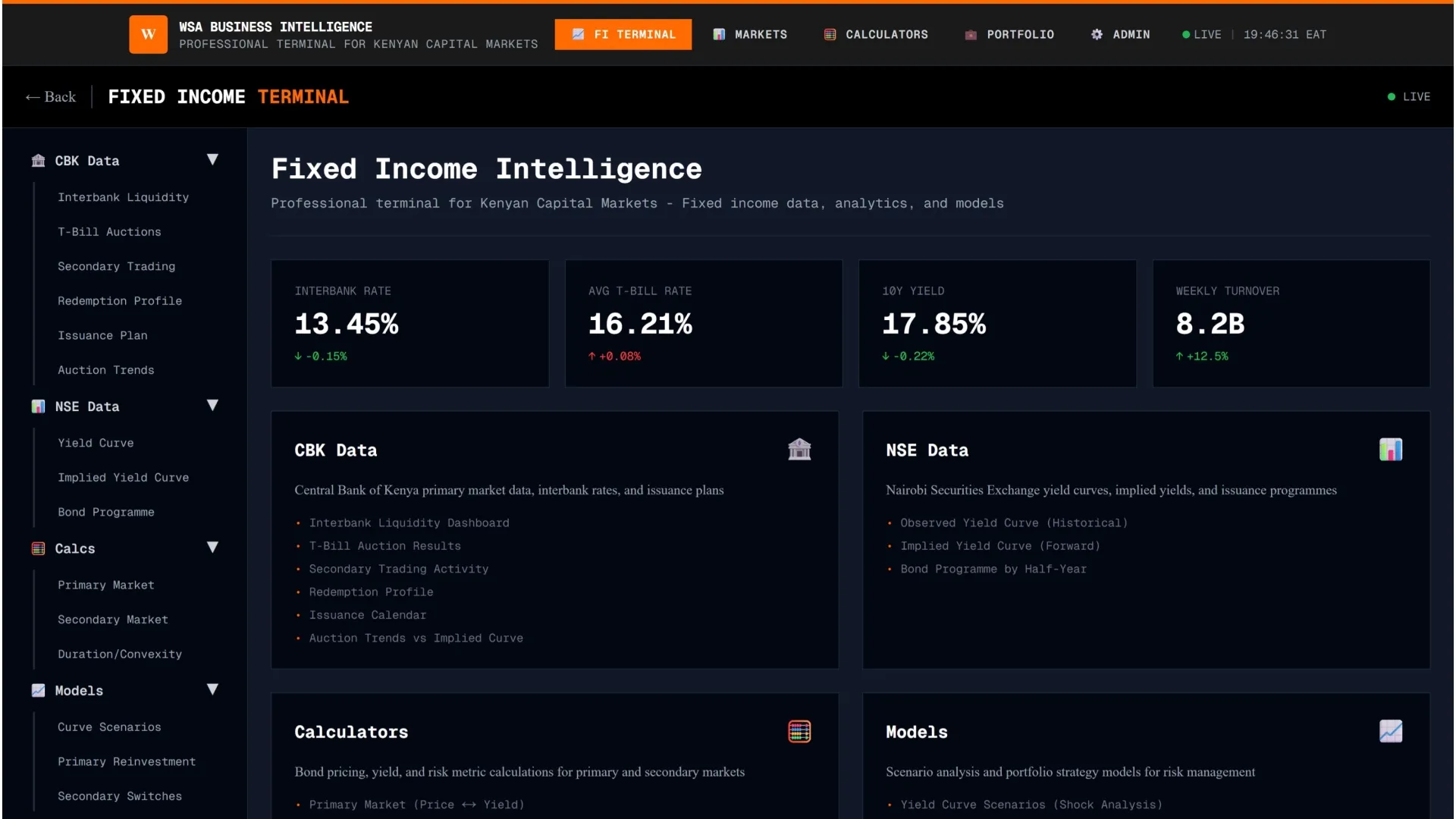Mary Jebet stands on the fifth floor of the balcony of a hostel at Kenyatta University with her Apple’s Beat headphones listening to the latest hit songs on the Songa music application powered by Safaricom. Songa is the latest product brought in the market by Safaricom as it continues to make inroads in the content space. Mary is a first year student and she will be turning 19 later this year. She was born in the year 1999 when the Kenyan telecommunication industry was liberalized ending Telkom Kenya’s exclusivity.
In 2000, a year after Mary was born; Kenya had only 23,757 mobile phone connections with a network capacity of 24,000 connections. She hails from Weiwei; a little know area in West Pokot. The last time Weiwei hit headlines at national level was in the year 2010 when Edwin Magema became the sixth best student overall in Kenya and the best students in the then Rift valley province in the national exams for secondary schools. Kenyans like celebrating success and 19 years after the liberalization of the telecommunication industry, there are so many successes to celebrate. Most of which were unimaginable not only in Kenya but worldwide.
The limited network capacity of 24,000 connections meant that the Kenyan telecommunications infrastructure needed massive investments if gains could be derived from the by then globally growing cellar services. During these times, owning a mobile phone was a preserve for the few and even for those owned these gadgets, communications was still an issue as there were very few transceivers limiting the network coverage. Therefore the wide network coverage that we enjoy currently cannot be taken for granted. There are now more transceivers and wider network coverage, thanks to continuous investments by telecommunication industry players.
In the financial year 2007/2008, Safaricom rolled out a total of 6,484 transmitters thereby bringing its cumulative total number of transmitters in their GSM network to 23,268 as compared to 16,784 the previous year. On the other hand, Celtel Kenya (branded as Zain in 2008) rolled out a total of 1,998 transmitters during the year under review, increasing their total GSM transmitters to 4,992 from 2,994 the previous period. This means that Safaricom had rolled out over 80% of the requisite infrastructure as the Airtel’s predecessors and Telkom watched.
Safaricom had a very clear long-term mass market strategy as it invested massively in infrastructure with the hope to recoup its investments in future. Safaricom’s growth in infrastructure was also matched with growth in its subscriber base as reported by the Communications Commissions of Kenya.
Network connections and capacity have grown over the years thanks to the deliberate commitment to invest by the telecommunication industry players.
Safaricom did not just stop at building robust infrastructure. It continued screening the market and building demand driven products and innovations riding on this strong foundation. Kenya is market where success comes from serving the underserved niches. Equity bank is known for democratizing banking buy banking the unbanked, Cooperative bank’s has its niche for the cooperatives and saccos, KCB is strong on serving the government and corporates. When Equity was disrupting the banking sector, KCB and Coop banks did not cry foul but adapted very fast and are indeed top banks in retail banking on top of their traditional niches. Airtel and its predecessors set out to serve corporates and high net worth individuals going by the limitation of the network investments and products like ZControl that gave corporate company employees and high net worth people specialized offerings.
Airtel cannot right the wrongs of itself and its predecessors by creating an oxymoron like dominance when data available clearly shows a strong correlation between investing in infrastructure, innovation and subscriber base growth as well as customer stickiness. Zimbabwe’s Econnet wireless has built over 4000km of fibre optic network and is leading in broadband segment in Zimbabwe. Globally broadband data is becoming key with the rise of over the top telco applications that ride on telco data. There is also the rise of the need for data for customers to access contents such as music etc. All these need infrastructure as a prerequisite. Players in the Kenyan telco sector will not talk their way into customer acquisitions, retention and growth. They must do the necessary investment and position themselves in the market in such a way that they are able build the infrastructure that can support huge customer base that they are aspiring to have.
Airtel must also be sincere because it is being disrupted by Ambani Mukesh’s Reliance Jio in India. This is unprecedented and it did not happen by flipping any regulations but by market dynamics. Despite their great success in the ocean of global subscriber base globally, they must learn to swim in the river of Kenyan telco sector.
Mary can now receive her pocket money from her parents from Weiwei on her mobile phone. She can also pay her school fees, call her parents and friends, and research on her class assignments on the same phone. 19 years ago before the liberalization of the telco market and infrastructure development, this could not have been possible. Now it does not matter where Mary comes from. She is able to do so many things from her phone including shopping; searching for internship and her future is indeed very bright.




